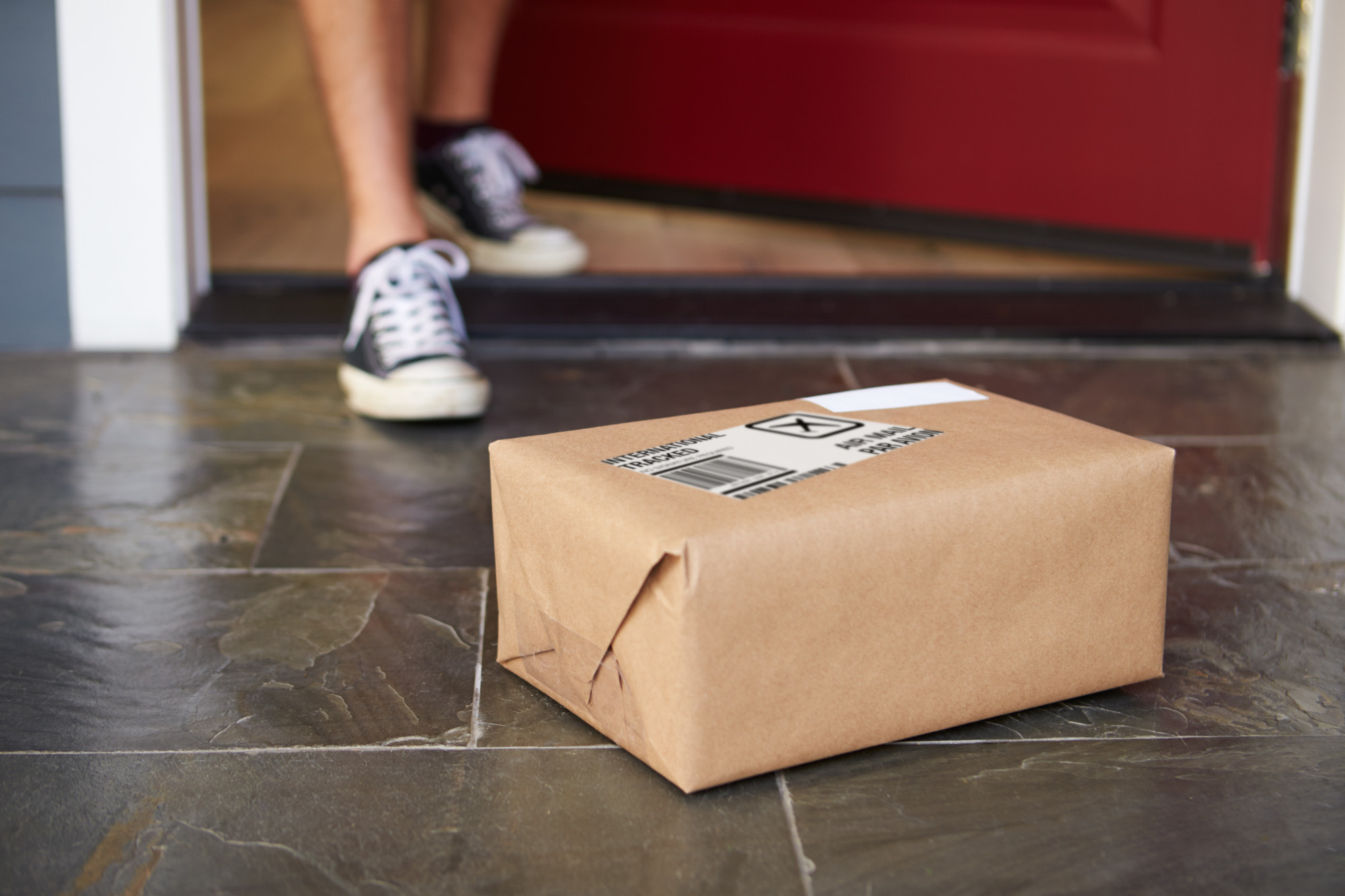
5 Common Packaging Mistakes to Avoid for Small Businesses
No matter how good your actual product, packaging mistakes can do serious damage to sales. In fact, Amazon sellers can run into serious trouble if their packaging can’t meet certain guidelines, getting products taken down altogether.
Whether you’re packing large items or small ones, we’ve put together a guide on common packaging mistakes to help you put your best foot forward. No business should see a good product fail due to bad packaging.
Mistake #1: Looking Amateur
If your packaging looks like an amateur arts and crafts project, you have a problem. While this won’t ruin a product with ace marketing (or that gets lucky), it’s a big strike against you.
Simply put, a product in strange, cheap-looking packaging puts people off. They begin to wonder about whether the product is cheap too.
In some ways, this isn’t fair. After all, most people throw away packaging right after they get the product in their hands. However, marketing isn’t about fair; instead, worry about the reality you have to sell in.
Don’t make the mistake some do of finding some success at the local farmers’ market or crafts fair and thinking you’re done innovating. That’s exactly when it is time to put some money into better packaging.
Mistake #2: Deciding on Something Difficult to Reproduce
Packing is often a complicated game of making something attractive and new to customers but not too expensive. The more strange materials and odd shapes you choose, the harder it will be to produce the package on a big scale.
In many ways, this is the opposite of our first mistake. In an effort to stand out, it is possible to spike your costs, if you can even get products packaged at the rate you need.
The big risk is getting away from packing that isn’t boxed shape or comes in a neat bag. Sharp, strange angles or curves can make the packaging harder and more expensive to make.
Keep in mind, this doesn’t mean it is impossible. It is important, however, to run the mental math. You can’t balloon your product packaging budget unless your sales rise as much or more.
Is this complicated packaging worth the hassle? The answer is often no unless you have some really good reasons.
Mistake #3: Ignoring Store and Mailing Specifications
If you sell on an online store or even if you use the mail, you must adhere to certain specifications with your packaging. For instance, Amazon requires that packages be mailed in a pretty specific way.
If you’re new to selling products, it can be tough to meet these demands. You might feel limited in your options for packaging and trying to figure out the most economical way to hit your specs.
We recommend you align to Amazon’s packaging certifications with our frustration-free packaging programs. That way you can meet their certifications without needing to rack your brain about how to do so.
Whatever decision you go with, always read the requirements of carriers and online storefronts carefully.
Oftentimes the carriers for shipments set those specs so products don’t get ruined in transport, so don’t act like they’re unimportant. Getting blacklisted by storefronts is bad but dealing with irate customers is too!
Mistake #4: Failing to Stand Out
We’ve talked about looking amateur but it is also easy to look generic when it comes to packaging. Whenever possible (and cost-effective), packaging should look attractive.
We admit, sometimes your options are limited when it comes to the boxes you’ll be shipping in. You have to meet certain standards and need the package to last through the mail.
At the same time, you can have much more variation in what the package inside that shipping box looks like. While crazy shapes and odd materials are expensive, sometimes good, clean art design is all you need.
If you know your target demographic, research what sort of marketing appeals to them. Then you can do so graphic design work to make sure your package is in the same kind of style and stands out a bit from the crowd.
Mistake #5: Changing What Works
In 2009, orange juice giant Tropicana tried to redesign their packaging. It was a massive, expensive failure.
Companies big and small often fall for the trap of thinking that packaging redesigns are always good. They believe that, if they spend enough money, a package can always be made better.
The truth is that packaging can reach a point where it has more or less peaked. Since small businesses can’t afford millions in market research, if your customers tend to like your packaging, consider it good enough.
While this isn’t to say you can’t ever revisit packaging people already like, do so with caution. Redesigns take time and money that can often be spent better elsewhere.
If you’re worried about a design, try testing product packing reactions. How does a group of 10 or 20 people react to your product? Get their thoughts and, if they tend to be positive or neutral, the odds are good you did fine.
Redesigning bad packaging makes sense. Good packaging? Less so.
Avoiding Packaging Mistakes Means Saving Money
That covers some of the most common packaging mistakes out there. A bad packaging design can lose you sales and customers. A very bad packaging design can get you in trouble with a major retailer or mail carrier.
If you found this article helpful, please feel free to explore our site. We have a large variety of articles on many other topics that you’re sure to enjoy!
